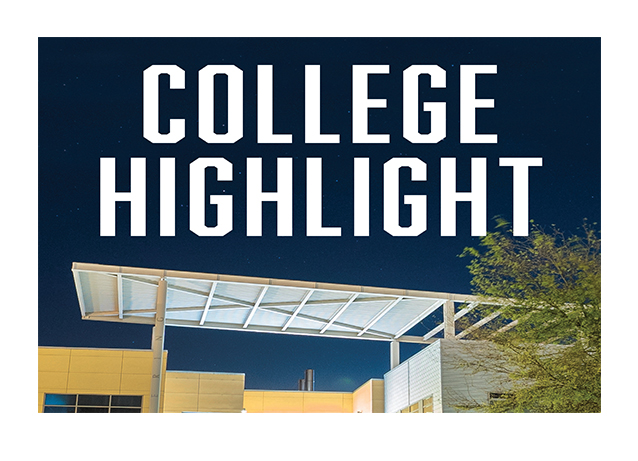Four Mechanical Engineering teams placed in the JUMP into STEM Challenge, one team winning first place. The competition has shown that the next generation of building scientists is ready to respond to the demands of climate change, with both urgency and equity at the heart of technical solutions.
Solving Market Adoption for Emerging Efficiency Technologies
- Challenge Winner (winning abstract below): Solar City from California Polytechnic State University, San Luis Obispo (Carson Bryan, Tyler Elsom, Sachin Gokhale, and Matthew Hyland)
- Challenge Runner-Up: Ensuring That Pacific Northwest Residents Get Efficient Air Conditioners from California Polytechnic State University, San Luis Obispo (David Mason, Carson Rinkenberger, and Eli Silva)
Equal Access to Healthy Indoor Air
- Challenge Runner-Up: IAQ Accessibility Improvers from California Polytechnic State University, San Luis Obispo (Nishka Chawla and Julia Rios)
The number of high-quality submissions in the resilience category made for an especially competitive field, and the JUMP into STEM management team recognized the additional honorable mentions in the Resilience for All in the Wake of Disaster category:
Honorable Mentions:
- Implementation of Affordable Wildfire Prevention Plans from California Polytechnic State University, San Luis Obispo
The abstract for the winning team for the Solving Market Adoption for Emerging Efficiency Technologies:
As a direct result of the large size of the city, many neighborhoods of Los Angeles are plagued with high crime rates and lack funding for public infrastructure. These problems are not only responsible for a lower quality of life for the residents of these neighborhoods, but they play a role in preventing future improvement of the community. Our group plans to implement redesigned streetlights in low-income neighborhoods of Los Angeles in an effort to provide an environmentally conscious solution to the high crime rates in the area. The streetlights would utilize solar panels to generate and store electricity to be used by the lights. These streetlights would not only lower crime rates by creating better community infrastructure but would save civilians millions of dollars over the life span of the product in the form of lowered insurance costs and maintenance costs. Through extensive cost analysis and technical research, we found tangible evidence of the benefits which come from the implementation of these lights. Reaching out to city government and stakeholders directly would ensure these lights are installed correctly in areas that need them. Ideally, the introduction of these lights would begin a slow change in the culture of these neighborhoods, inevitably leaving a lasting positive impact on the lives of the stakeholders.



